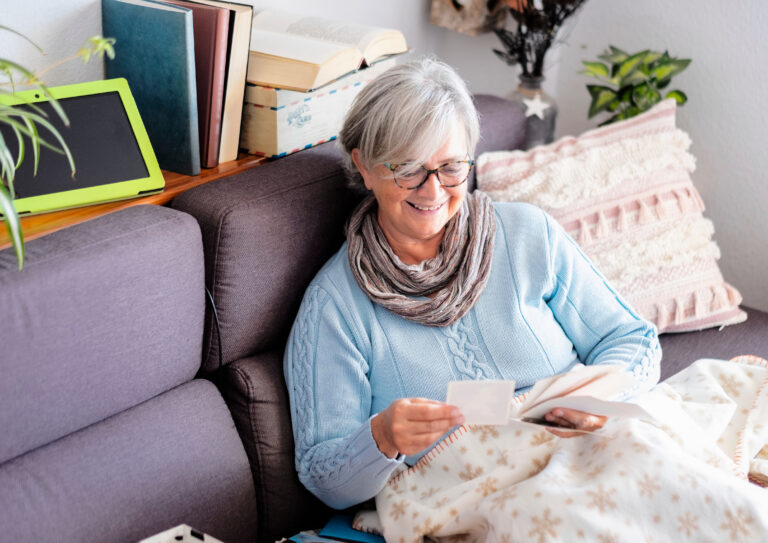Dealing with a loved one who has Alzheimer’s disease can be a challenging and emotional journey. As the disease progresses, simple tasks such as putting away clothes can become a daunting and confusing task for them. As a caregiver or family member, it is important to understand how to help a person with Alzheimer’s put away clothes in a way that is safe, organized, and dignified. In this article, we will discuss some practical tips on how to assist a person with Alzheimer’s in putting away clothes.
1. Create a Simple and Organized Closet
One of the first steps in helping a person with Alzheimer’s put away clothes is to create a simple and organized closet. This means removing any unnecessary clutter, such as old or unused clothes, and having a designated place for each category of clothing. For example, all shirts should be in one area, pants in another, and so on. This will make it easier for the person to navigate and find the right clothes when getting dressed and putting away laundry.
2. Use Visual Cues
People with Alzheimer’s often have difficulty with memory and may struggle to remember where certain items belong in their closet. To help with this, you can use visual cues such as labels or pictures on the closet doors or drawers to indicate what type of clothes should go in each space. You can also use color-coded labels for each category of clothing, making it easier for them to remember where things belong.
3. Break Down the Task
Putting away clothes can be overwhelming for someone with Alzheimer’s, especially if there is a large pile of laundry to sort through. To make it more manageable, break down the task into smaller steps. For example, start by sorting all the socks, then move on to t-shirts, and so on. This will make the task less daunting and more achievable for the person.
4. Give Simple Instructions
When helping someone with Alzheimer’s put away clothes, it is essential to give simple and clear instructions. Use short and concise sentences, and avoid using complex or technical terms. For example, instead of saying “hang your shirt in the closet,” you can say “put your shirt on the hanger and hang it in the closet.” This will make it easier for the person to understand and follow through with the task.
5. Use the “One at a Time” Approach
It is important to avoid overwhelming the person with too many tasks at once. Instead, use the “one at a time” approach, where you focus on completing one task before moving on to the next. This will help the person stay focused and avoid becoming confused or frustrated.
6. Provide Positive Reinforcement
People with Alzheimer’s may become easily agitated or frustrated when trying to complete tasks, such as putting away clothes. It is essential to remain patient and provide positive reinforcement throughout the process. Praise them for their efforts and offer words of encouragement. This will not only help them feel accomplished but also make them more willing to continue with the task.
7. Involve Them in the Process
Involving the person in the process of putting away clothes can give them a sense of purpose and independence. Ask for their help in sorting clothes or placing items in their designated spots. This will also give you an opportunity to spend quality time together and engage in a meaningful activity.
8. Be Patient and Understanding
Dealing with Alzheimer’s can be frustrating and challenging for both the caregiver and the person with the disease. It is important to remember to be patient, understanding, and compassionate. Avoid getting upset or showing frustration if they are struggling with the task. Instead, offer your support and assistance in a calm and reassuring manner.
In conclusion, helping a person with Alzheimer’s put away clothes may seem like a trivial task, but it can be a significant source of frustration for both the caregiver and the person with the disease. By following these simple tips, you can make the process easier, more organized, and less stressful for everyone involved. Remember to be patient, understanding, and always treat the person with dignity and respect.





